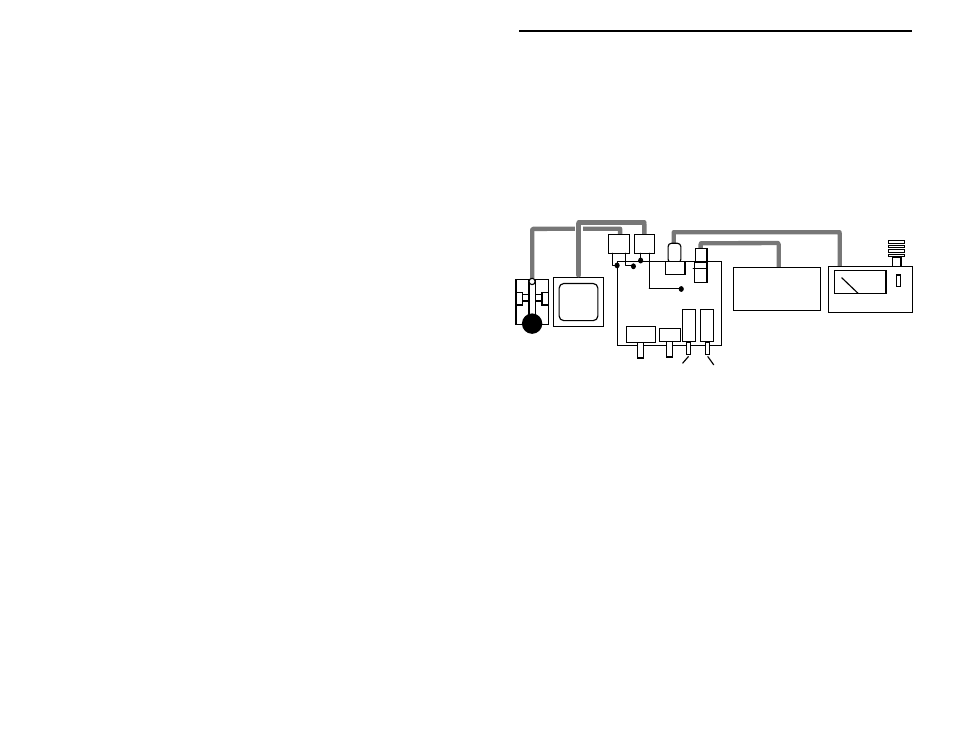Vectronics VEC-1320K User Manual
Page 30

VEC-1320K/1330K/1340K/1380K Owner's
Manual
28
To test your transceiver, set up as shown in the following diagram. Make sure
the pc board is on a clean non-metallic surface free of lead-clippings, hardware,
and other conductive debris that could get underneath and cause a short circuit.
Before connecting the power supply, make sure the power switch (SW1) and
T/R switch (SW2) are in the out position. If you have a station receiver
available, place it in the CW mode and tune it to the transceiver's approximate
operating frequency. This will enable you to monitor your transmitter's signal
during testing. If any of the steps outlined below fail, refer to the "In Case of
Difficulty" section of the manual.
RF Wattmeter
Dummy Load
Power Supply
J1
J2
ANT
PWR
VXO
RF
PWR
T/R
Key Sp
Speaker
Key
To test the radio outside of a metal case, you'll need to install temporary
"ground" or "common" leads for the key and speaker jacks. Use temporary
lenghts of hookup wire or clipleads to make these connections. These may be
attached to any convenient point on the pc board ground surface.
1. Install a temporary lead from the key jack "common" tab to pc board ground.
2. Install a temporary lead from the speaker jack "common" tab to pc board
ground.
3. Press power switch SW1 to ON.
4. Turn RF Gain R1 fully clockwise--you should hear speaker background
noise.
The next steps confirm transmitter operation. If you don't have access to a low-
power RF wattmeter, install a standard 5 mm LED across the antenna jack (J2).
Note that the antenna jack must also be terminated with a 50-ohm dummy load--
the LED is not a substitute for a 50-ohm load. When transmitting, the LED
should illuminate brightly at 1-2 watts output.
5. Press T/R (transmit/receive) switch (SW2) into the transmit position.
